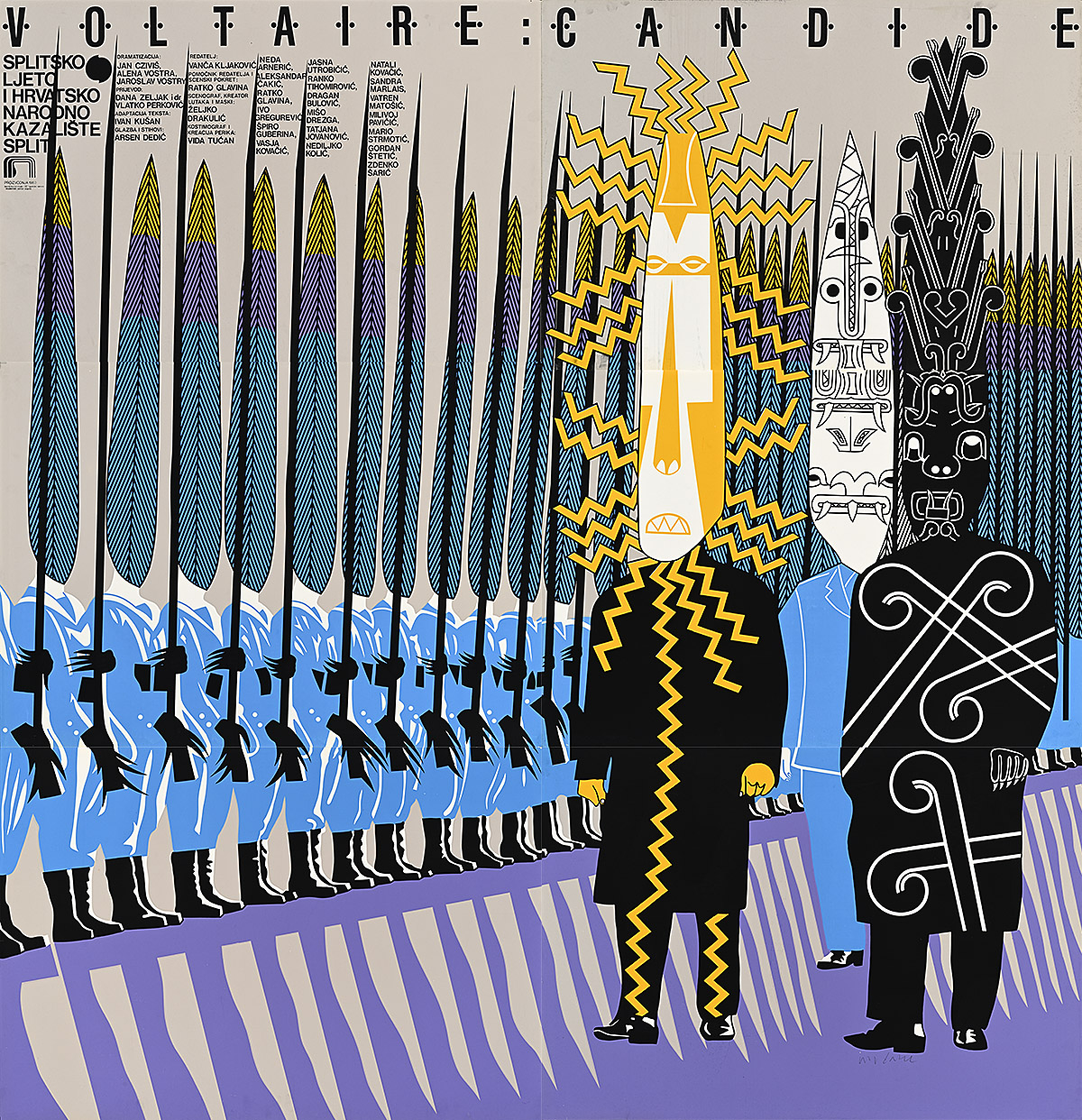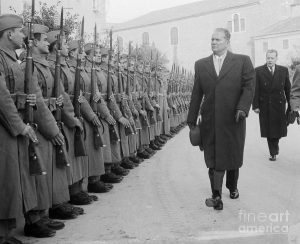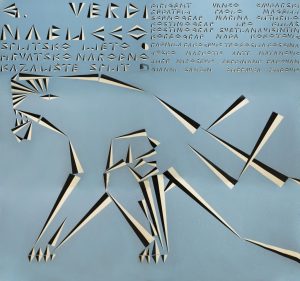Fantastical Streets: The Theatrical Posters of Boris Bućan
Boris Bućan was a Croatian artist and graphic designer of Ukrainian-Jewish heritage whose long career began during the late 1960s in Zagreb. Not committed to a single style, he continuously developed his artistic practice, often appearing to anticipate art movements that emerged outside what was then the Federal Republic of Yugoslavia (in 1991, it broke up into six countries, including Croatia). Although he graduated from both the School of Applied Arts and the Academy of Fine Arts in Zagreb, his earliest work aligned him with the city’s young avant-garde groups (in particular, The Interventionists), creating art that was made specifically for public, urban spaces rather than galleries. These immersive projects led to an interest in posters.
Bućan’s first clients were primarily cultural organizations that gave him the freedom to push the medium beyond its conventional boundaries. He intentionally ignored the usual purpose of a poster—to communicate clearly—freely appropriating press imagery related to other events within his own designs. For example, in 1974, he incorporated an enlarged photograph of Frank Sinatra in a poster promoting a production of Brecht’s In the Jungle of Cities (in which Sinatra definitely did not appear). On other occasions, he would poke holes through the paper of the poster or fail to include the most basic information about an event’s location, each time placing himself as an artist between the viewer and the client while posing visual challenges and conundrums that had to be decoded.
This exhibition focuses on a small part of Bućan’s expansive career, presenting the monumental posters he created for his first season with the Croatian National Theatre in Split, for which he produced designs between 1982 and 1986. While he had previously made a few large-format posters for other organizations and events, the images here—each composed of six separate sheets of paper—became his best-known designs, effectively transforming exterior walls into urban canvases for his artistic explorations. Each poster references a wide range of art-historical sources yet remains extremely modern; in many ways, Bućan’s complex and occasionally contradictory forms flirt with the then-current philosophy of postmodernism that rejected the idea of objective truth in favor of relativism. Many of the posters from the first and second seasons of his tenure at the theater were displayed in their own exhibition in 1983, and, in 1984, they were chosen to represent the country at the 41st Venice Biennale. Such accolades helped expose Bućan’s work to a global audience and established him as one of the most exciting and innovative poster designers of his day.
This exhibition would not be possible without the generous support of Mirko Ilić.

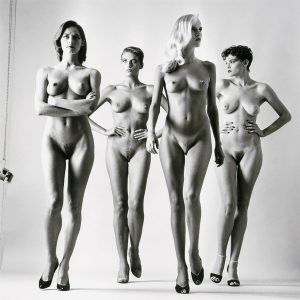


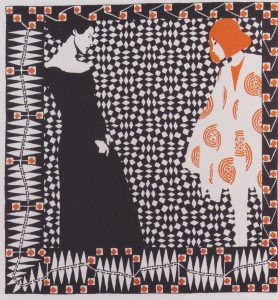 Der Vorfrühling, 1901, Koloman Moser
Der Vorfrühling, 1901, Koloman Moser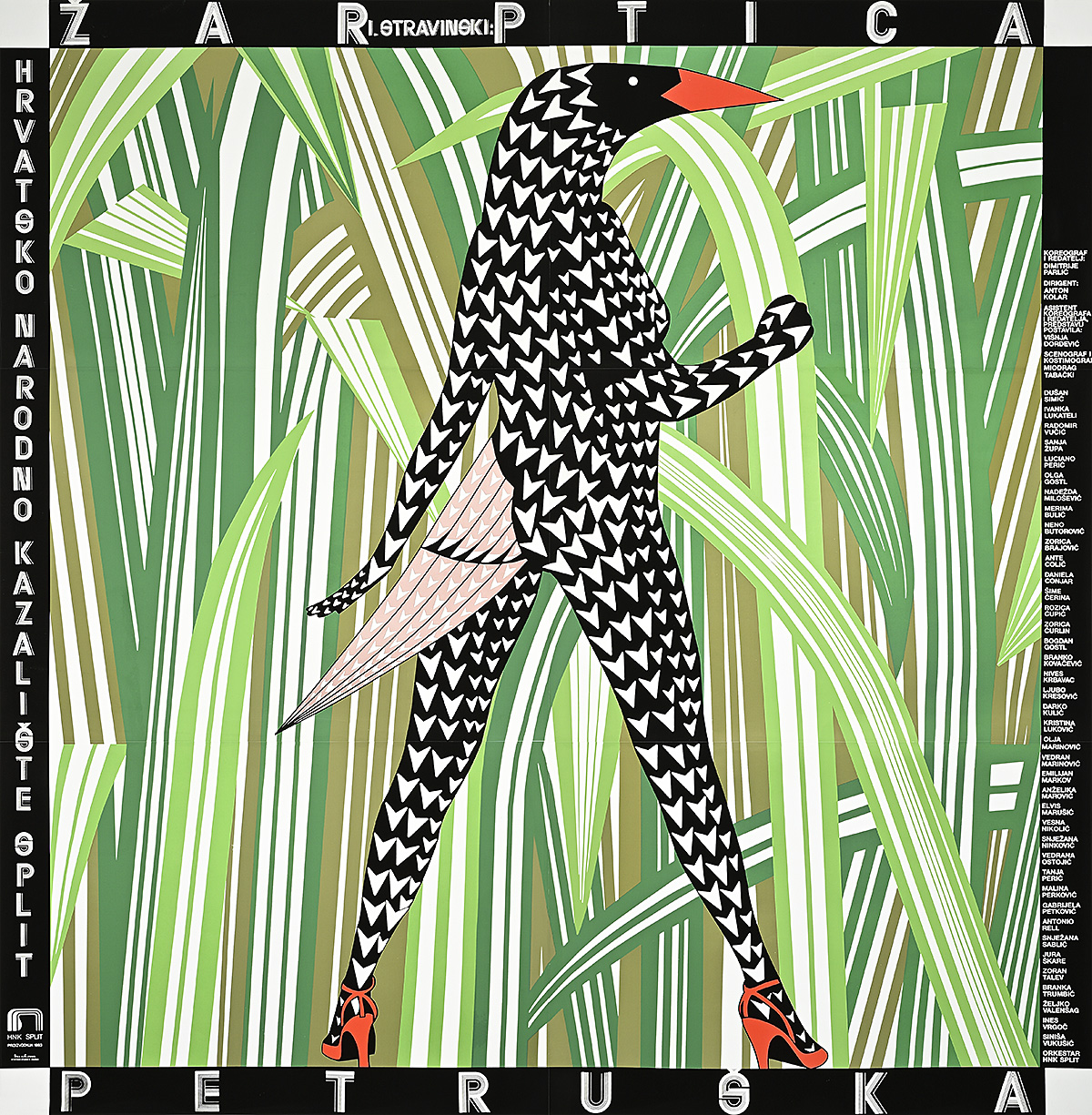
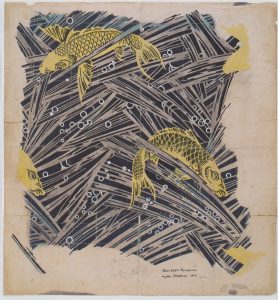 Forellenreigen, 1899, Koloman Moser
Forellenreigen, 1899, Koloman Moser

 Photo: Kavana Corso
Photo: Kavana Corso